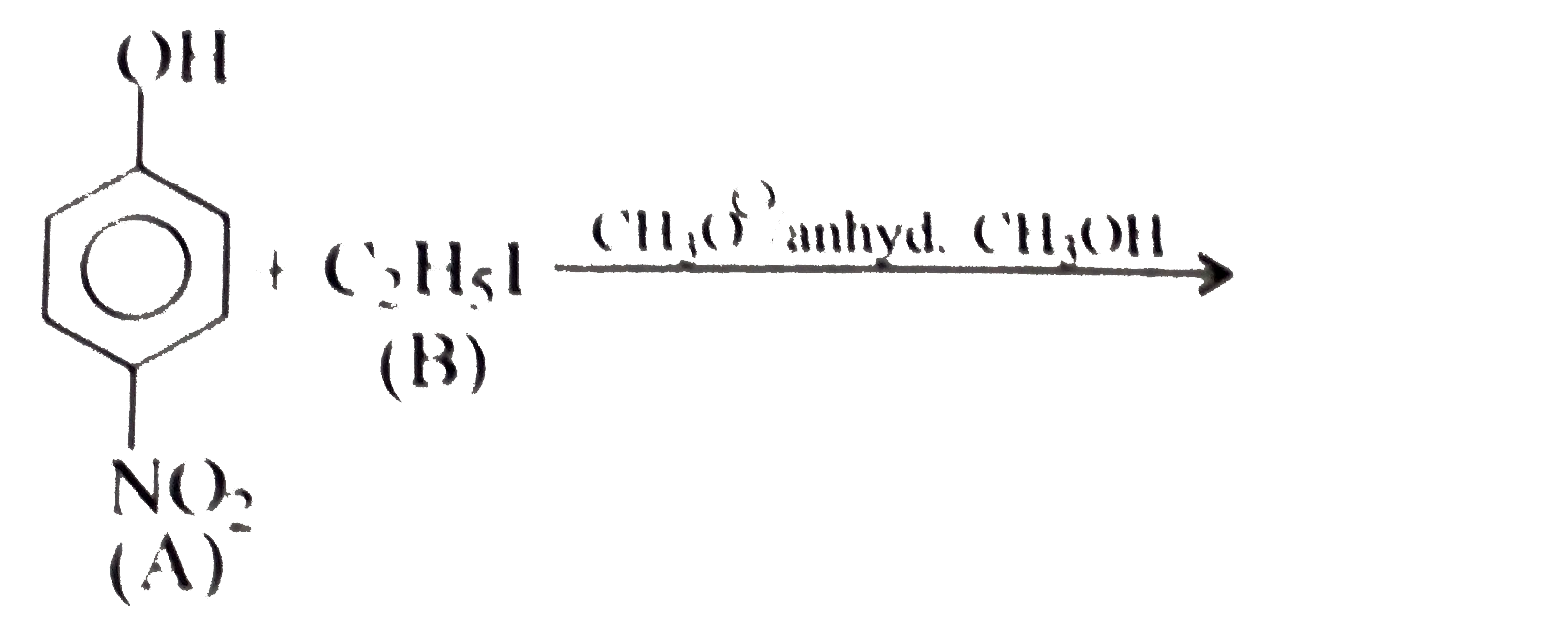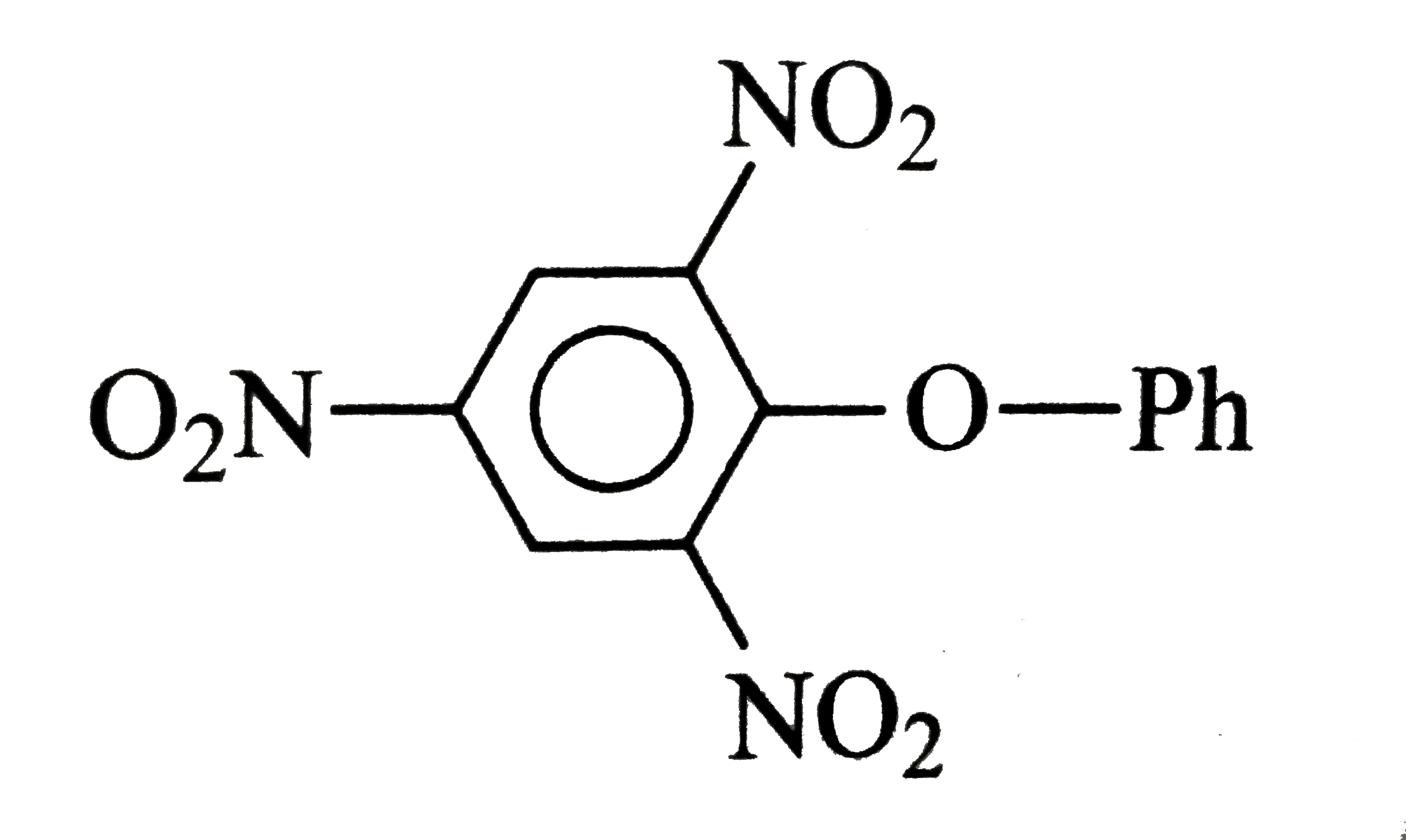Match the following
Column -IColumn-II(A)Occlusion(P)CaCI2+H2O(B)Sorption(q)Hydrated chabazite+H2Ovapour(C)Persorption(r)Dil.KCI solution + Blood charcoal(E)Absorption(t)H2on palladium surface
A-t , B-r, C-q, D-s, E-p
A-t, B-s, C-q, D-r, E-p
A-p, B-s, C-q, D-r, E-t
A-s , B-t , C-q, D-r , E-p
The correct Answer is:B
Topper's Solved these Questions
- BOOK - NARAYNACHAPTER - SURFACE CHEMISTRY EXERCISE - EXERCISE -2 (H.W. ) ADSORPTION5videos
SURFACE CHEMISTRY
- BOOK - NARAYNACHAPTER - SURFACE CHEMISTRY EXERCISE - EXERCISE -2 (H.W. ) CATALYSIS5videos
SURFACE CHEMISTRY
- BOOK - NARAYNACHAPTER - SURFACE CHEMISTRY EXERCISE - EXERCISE -2 (C.W. ) ADSORPTION23videos
SURFACE CHEMISTRY
- BOOK - NARAYNACHAPTER - SOLUTIONS & COLLIGATIVE PROPERTIES EXERCISE - EXERCISE : 426videos
SOLUTIONS & COLLIGATIVE PROPERTIES
Similar Questions
According to Freundlich adsorption isotherm, which of the following is correct ?
06:50View SolutionA catalytic poison renders the catalyst ineffective beacause :
05:54View SolutionAdsorption is accompanied by
View SolutionWhich of the following units is useful in relating concentration of solution with its vapour pressure?
01:35View SolutionSelect the correct answer:
a.
i. PhOC2H5 ii. Ph−−−O−−−Ph
iii. PhI iv. C2H5OC2H5
b.
i. p−−NO2−−C6H4−−OC2H5
ii. p−−NO2−−C6H4−−O−−C6H4−−NO2−−p
iii. C2H5−−O−−CH3
iv. p−−NO2−−C6H5−−I.
c.
i. C6H5CH2−−O−−Ph
ii. C6H5CH2−−O−−C2H5
iii. Ph−−O−−C2H5
iv. C2H5−−O−−C2H5
d.
i. C6H5CH2−−O−−C2H5
ii. C6H5−−CH2−−O−−Ph
iii. Ph−−O−−C2H5
iv. C2H5−−O−−C2H5 .
e.
i.
ii.
iii.
iv.
f.
i.
ii.
iii. View Solution
View SolutionMatch the column -
Column IColumn II(A). RCNreduction−−−−→(P) 1∘ Amine(B). RCN(i)CH3MgBr−−−−−−−−→(ii)H2O(Q). Alcohol(C). RNChydrolysis−−−−−→(R). Ketone(D). RNH2HNO2−−−→(S). Acid02:47View SolutionColumn-IColumn-II(A)Insoluble in H2O(P) Whit phosphorous(B)Insoluble in CS2(Q) Red phosphorous(C)Soluble in H2O(R) Rhombic sulphur(D)Soluble in CS2(S) Br2(T) I2
09:41View SolutionMatch the column- {:("Column I(Compound)","Column-II(Properties)"),("Perhydrol","Dilute solution of"H_(2)O_(2)),("Water gas","Manufacture of" H_(2)),("Bosch's process",CO+H_(2)),(CH_(4)+H_(2)O,"Antioseptic and germicide"):}
00:52View SolutionMatch the following : H_(2)O_(2) reacts with compounds of column-I
01:09View SolutionThe correct match between items I and II is :
Item -IItem-IIMixtureSeperation method(A)H2O:sugar(P)Sublimation(B)H2O:Aniline(Q)Recrystallization(C)H2O:Toluence(R)Steam distillation (S)Differential extraction01:09View SolutionMatch the complexes in Column I with their properties liested in Column II
A[Co(NH3)4(H2O)2]Cl2pGeometrical isomersB[Pt(NH3)2Cl2]qParamagneticC[Co(H2O)5Cl]ClrDiamagnetic D[Ni(H2O)6]Cl2sMetal ion with +2oxidation state02:47View SolutionColumn I (Crystal)Column II (Crystal system)(A)CuSO4.5H2O(p) Hexagonal(B)Na2SO4.10H2O(q) Cubic(C) Dimaond(r) Monoclinic (D) Graphite(s) Triclinic
04:19View SolutionComplete the following reactions: (i) O_(2)^(2-)+ H_(2)O to (ii) O_(2)^(-)+ H_(2)O to
02:25View SolutionComplete the following reactions (i)O2−2+H2O→(ii)O−2+H2O→
View SolutionMatch the entries of column I with appropriate of column II and choose the correct option
out of the four option (a), (b),(c), (d) given at the end of each question
Column IColumn II(Compound)(Type of bonds present)(A)CaC2(p)Ionic(B)SnCl2(q)Covalnet(C)[CrCl2(H2O)4]Cl.2H2O(r)Coordinate(D)CuSO4.5H2O(s)Hydrogen03:28View Solution
